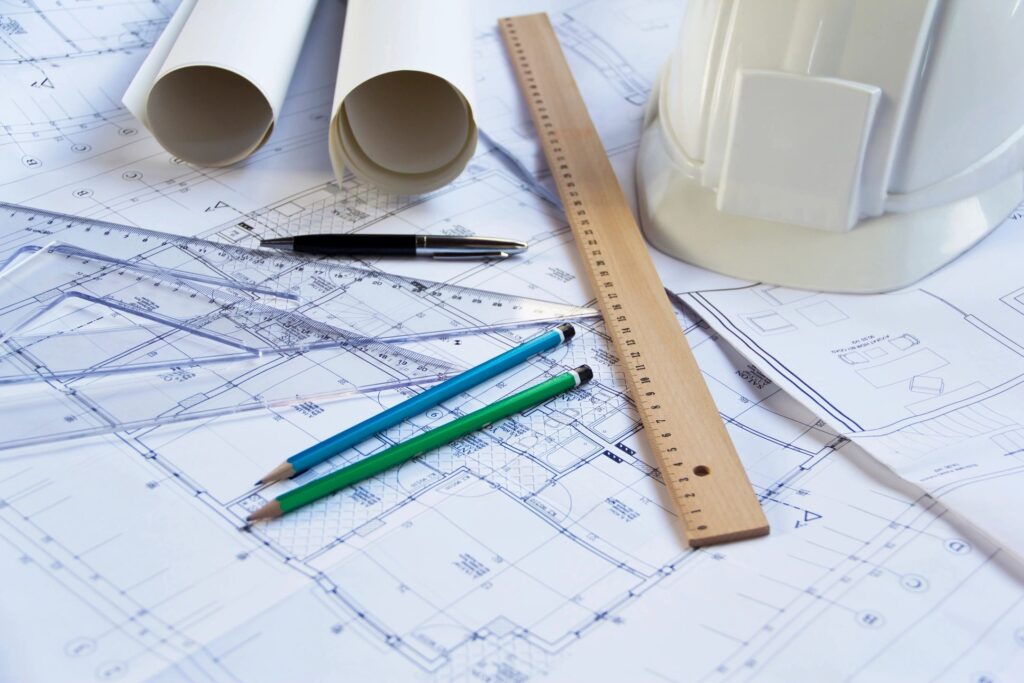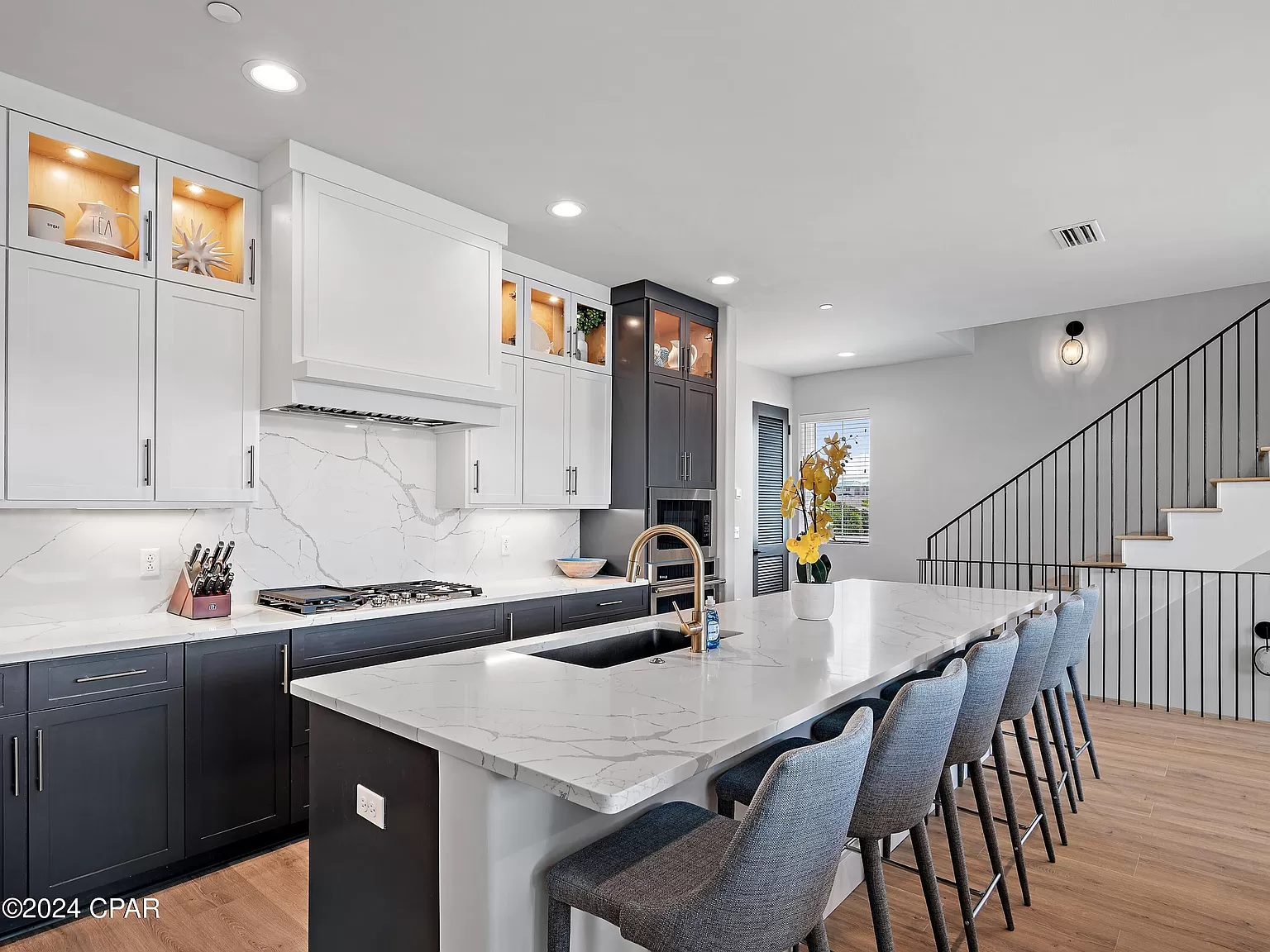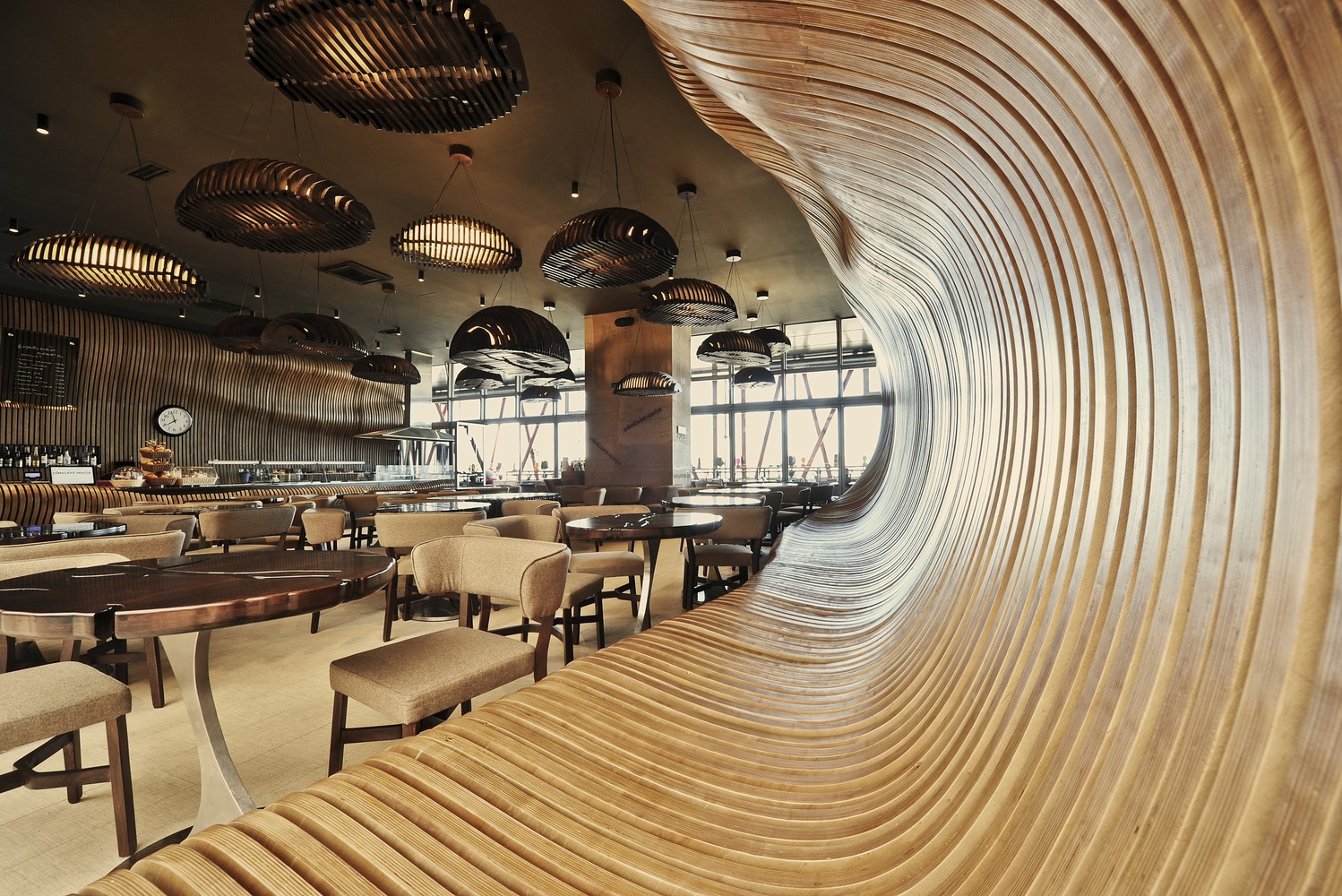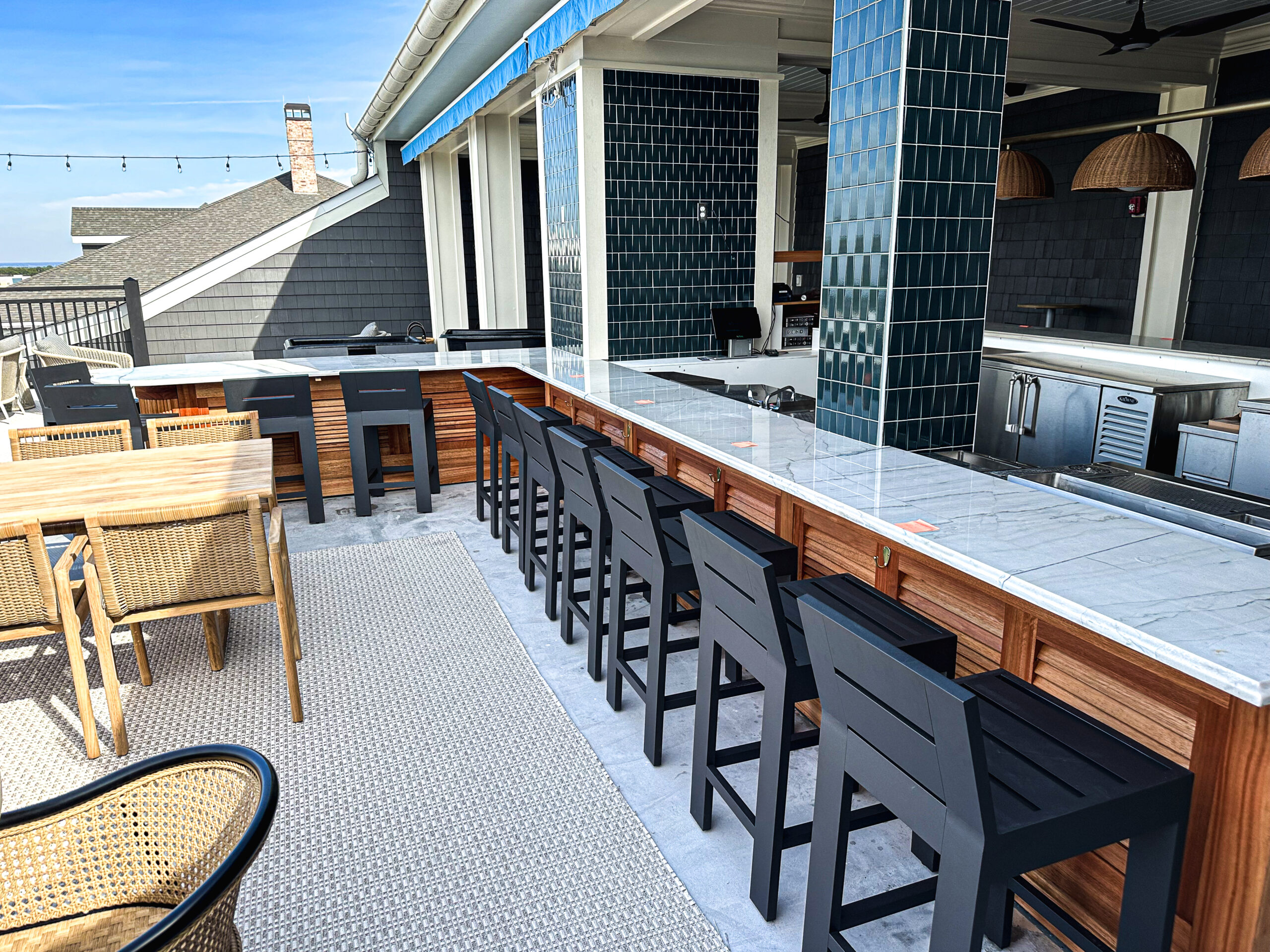Wood Casework: What Woodworkers & Architects Need To Know
In this guide, we explore architectural casework from both a professional woodworker and an architect’s perspective. We go in depth into what wood casework is, the most popular types of wood used for casework, and how to finish and install it (don’t miss our four top tips!). You’ll also find more information about cabinet shop drawings, the AWI casework standards, and there are plenty of links to further reading.
What is wood casework?
Let’s start at the beginning. Architectural casework is one of two things:1 The separate parts a wood
cabinet or case is made up of 2 The techniques used to build
an architectural cabinet or case
The skill and technique that goes into architectural casework is generally (and sometimes sadly) hidden, simply by the nature of the cabinetry itself. Wood casework can also refer to prefabricated cabinets that are based on standard measurements, rather than casework that’s designed and made-to-order.
Types of wood casework include built-in cabinets, bookcases, break rooms, cupboards, and many other forms of storage cabinetry.
Millwork vs casework: what are the differences?
As an architect, understanding the differences between millwork and wood casework not only allows you to choose the best supplier for your architectural woodworking project, but it also means you can offer the best advice and service to your clients.
While we’ve already explained what architectural casework is, millwork covers many different types of interior woodwork products, including doors, panels, moldings, trims…and casework. Millwork is typically custom-made and installed onsite, based on customized specifications from your client.
The key differences between millwork and architectural casework include:
- Production
- Installation Time
- Price
- Required cabinet shop drawings
- Fit
- Final state of the product
Architectural wood casework: an architect’s perspective
A well-constructed architectural cabinet should adhere to wood casework aesthetics, and, hopefully, to AWI Standards and the Architectural Woodwork Standards. This is important because:

Architects’ cabinet drawings include the information necessary to create a better built product”

The end result is more likely to meet or exceed client expectations”

The three classifications of grades for architectural casework – economy, custom, and premium – in the AWI Standards mean you can ensure you’ll get the exact standard you’ve specified (note that QCP doesn’t certify economy-grade woodwork)”
Grant Golightly, an architect based in Salt Lake City, UT, first worked on a QCP-certified interior woodwork project that included a lot of cabinetry. By his own admission, Grant isn’t an interior woodwork expert, so he felt it was important to have a third party inspect the woodworking firm’s work. Grant says, “It’s possible that they could have provided top quality, top of the line cabinetry, but without an enforceable standard in place, how am I to know?”
What are the most popular types of wood to use for architectural cabinetry?
Understanding the different types of wood to use for architectural casework is an important factor in getting the quality you need for your interior woodwork project.
There are three different types of casework, and along with that, variances in the quality of wood:
Stock casework
is mass-manufactured, and you can typically select the wood casework you want from a manufacturer’s catalog
Semi-custom casework
uses a wider variety of materials, from solid wood and plywood through to engineered wood, with wood veneer or plastic laminate typically used as surface finishes
Custom casework
uses higher quality materials, providing much sturdier construction that stands the test of time
Both stock and semi-custom casework commonly use MDF (medium density fiberboard), Industrial Grade Particleboard.
Custom casework is usually fabricated from panel products and solid wood, chosen for its color, grain pattern, hardness, and density. Popular solid woods for cabinetry include maple, oak, pine, walnut, and cherry.Learn about popular types of wood for cabinetry
Casework surface finish requirements in detail
Architectural casework surface finishing systems
Casework surface finishes, as recognized in the AWI Standard for casework, includes finishes on custom, semi-custom and stock casework, and are divided into four sections:
- Exposed exterior surfaces – all surfaces being visible
- Exposed interior surfaces – only the cabinetry interior is visible
- Semi-exposed surfaces – the interior is visible when doors or drawers are open
- Concealed surfaces – neither exterior or interior cabinetry surfaces are visible
Within each of these sections, there are different considerations to take into account when you’re choosing a casework surface finishing system. These considerations include cost, how resistant the finish is to chemicals, its resistance to wear, how easy it would be to repair damage to the surface finish, clarity, and its elasticity.
4 tips for installing wood casework
Installing wood casework is not a simple task – nor should it be, when the design and build are of superior quality. However, there are some ways in which building and installing cabinetry can be made just that little bit easier. Here are our top tips:1
Check, check, and check again
Getting the measurements right in the first place will save you a lot of time, worry, and potentially expense further into the project.2
Assemble the cabinetry in your workshop before you take it to the site
It might seem like this is doing the job twice, but it’s well worth a trial run to ensure the cabinetry will go in smoothly.3
Use a reliable courier
If you’re having a courier deliver your cabinetry to site, make sure it’s one you can rely on. Protect your cabinets with blankets, and make sure any doors or drawers you’ve pre-fitted are securely shut.4
Keep communications open
A smooth install requires good communication between the woodworking firm, architects, and general contractors, as well as any other subcontractors who may be involved. If you’re working on a QCP-certified project, it’s easy for everyone to be on the same page at all times.
Engage the Ideal Client
Get our free guide on how professional woodworking firms can reach Architects & General Contractors to grow their businessDownload Now
About cabinet shop drawings
Detailed cabinet shop drawings are an essential part of a successful interior woodwork project. The more detailed shop drawings are, the less likely it is that there’ll be errors in fabricating or installing the cabinetry. Additionally, it provides clarity for everyone on the architect’s vision and exactly what’s required.
Cabinet shop drawings help to:
- Identify errors and conflicts – the earlier any errors can be identified, the better (and probably cheaper and less time-consuming)
- Get client approval – if a client can clearly see what the cabinetry will look like, they’re more likely to approve it (and you’ll eliminate a lot of questions)
- Keep everyone on the same page
- Understand where there have been any revisions
Don’t leave quality to chance
Architectural casework in the AWI Standards
Casework has been covered by Section 10 of the Architectural Woodwork Standards (AWS) since its inception. This section of the standards covers wood, decorative laminate, solid phenolic-faced casework, and their related parts.
A new AWI Standard, established in 2019 and created together with the American National Standards Institute (ANSI), section AWI-0620 – Finish Carpentry/Installation, now covers compliance requirements for installation and finishing.
Additionally, interior woodwork projects registered since June 1, 2020, which include architectural casework are subject to the newly-released ANSI/AWI 0641 – Architectural Wood Casework, the new ANSI/AWI Standard covering casework.
ANSI/AWI 0641 provides standards for the quality and fit of architectural casework, as well as its interior finish. The standard covers different types of architectural casework, including wood veneer-faced cabinets, plastic-laminate-clad cabinets, and cabinet and drawer hardware. These are also specified under CSI MasterFormat Division 6.Deliver quality to your clients






